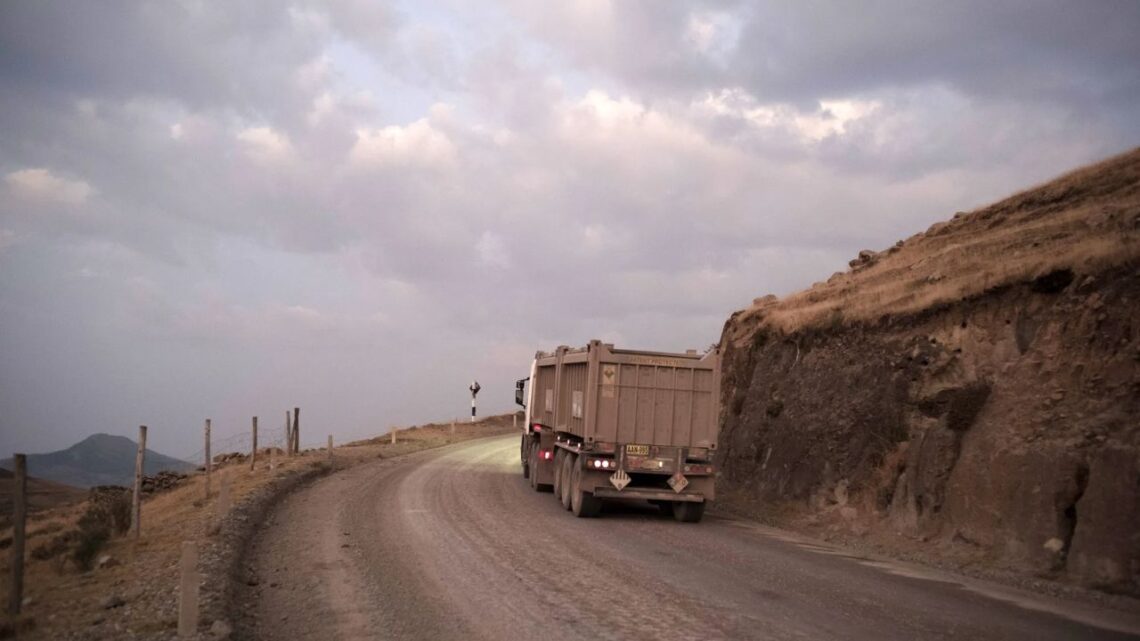Mining company MMG Ltd. is grappling with mounting copper losses in Peru as informal miners expand activity around the Las Bambas operation in Apurímac.
Activity has increasingly targeted areas earmarked for future open-pit phases, undermining long-term mine planning, creating security and logistics risks, and intensifying tensions with nearby communities.
While exact figures vary by estimate and time frame, the direction of travel is clear: more ore is leaving company control before it can be processed, which translates into lost revenue, higher costs, and growing operational complexity.
What’s Driving the Losses
- High copper prices & demand: A strong global push for electrification and grid upgrades keeps copper demand healthy. This makes even lower-grade deposits attractive to informal miners operating with short payback horizons.
- Slow, uneven formalization: Peru’s small-scale mining formalization has advanced unevenly. Administrative bottlenecks, limited technical support, and local politics create grey zones where informal extraction persists.
- Logistics disruptions: Periodic protests and road blockades along the southern copper corridor can delay shipments, raise trucking costs, and complicate community relations, even when mine output is steady.
- Enforcement gaps: Remote terrain, limited resources for oversight, and complex land-use disputes hamper consistent enforcement.
How It Hits MMG’s Bottom Line
- Mine plan distortion: When material is removed from future pit shells, engineers must re-sequence benches, adjust strip ratios, and potentially accept lower head grades, all of which lift unit costs.
- Revenue deferral: Even short disruptions create inventory build-ups, push sales into later quarters, and increase working capital needs.
- Higher security & community costs: Additional spending on patrols, monitoring tech, fencing, and community programs is required to protect assets and maintain a social license to operate.
- Country risk premium: Repeated disturbances add to the perceived sovereign and operational risk, affecting capital allocation for future phases.
Snapshot – Risk, Impact, and Mitigation
| Area | Current Risk Signal | Financial/Operational Impact | Practical Mitigations |
|---|---|---|---|
| In-pit informal extraction | Expansion toward planned future pits | Lost recoverable ore, lower grades, NPV erosion | Tight geo-fencing, drone/thermal patrols, rapid backfilling of high-risk faces |
| Haul-road & corridor blockades | Periodic, often tied to broader social issues | Shipment delays, demurrage, cash-flow timing hits | Stockpile buffers, flexible offtake scheduling, standby carriers |
| Formalization delays | Slow permitting for small miners | Persistent grey-market ore flows | Technical assistance, co-ops, traceability pilots, local buying programs |
| Community trust | Mixed: benefits vs. environmental concerns | Higher CSR spend, permitting friction | Benefit-sharing MOUs, local hiring/procurement, grievance hotlines |
| Security & oversight | Terrain and resources constrain coverage | Rising OPEX for security | Integrated CCTV/LiDAR, smart tagging, analytics-based patrol routes |
Future-Ready Playbook (What to Watch)
- Formalization milestones: Clearer timelines and simplified steps for small miners can reduce conflict and channel activity into regulated supply chains with environmental oversight.
- Traceable supply: Wider adoption of digital traceability (from pit to smelter) can curb fence markets and reward compliant producers.
- Tech-enabled protection: UAVs, ground sensors, and analytics will increasingly monitor pit boundaries, night movements, and stockpiles without escalating confrontation.
- Community compacts: Durable community benefit agreements—jobs, procurement, environmental monitoring—lower the risk of protests and enable predictable mine sequencing.
- Logistics resilience: Contracted alternative haulage, modular stockpiles, and proactive engagement with transport communities help avoid prolonged shutdowns.
MMG’s situation in Peru captures a broader reality of the Andean copper belt: informal mining, logistics volatility, and formalization gaps can quietly chip away at project value long before headline production numbers fall.
Protecting future pit shells, investing in traceability and community trust, and building logistics resilience are now core to safeguarding copper units and shareholder value.
With electrification set to keep copper in structural demand, the operators that de-risk informality—while delivering tangible local benefits—will be best placed to preserve grades, protect schedules, and sustain returns over the coming years.








